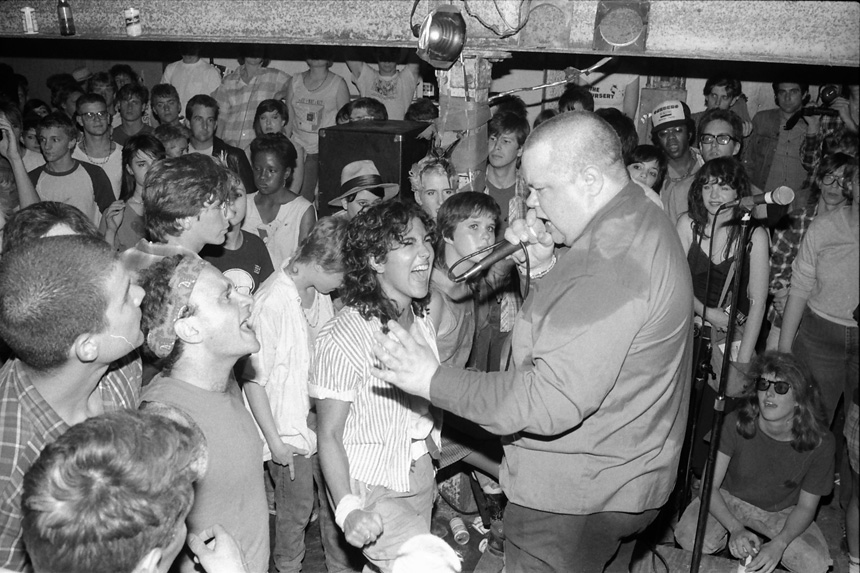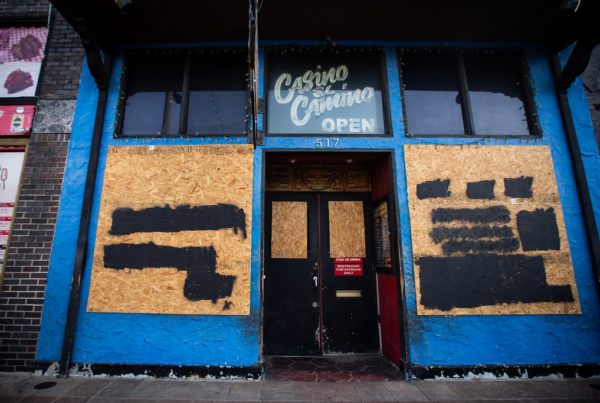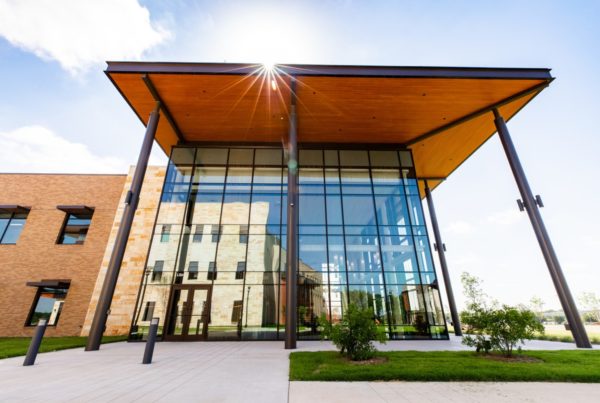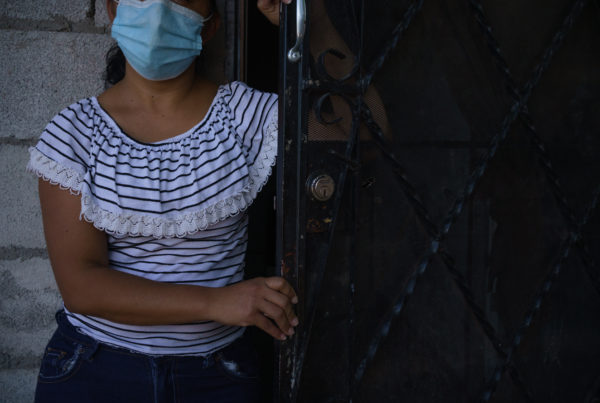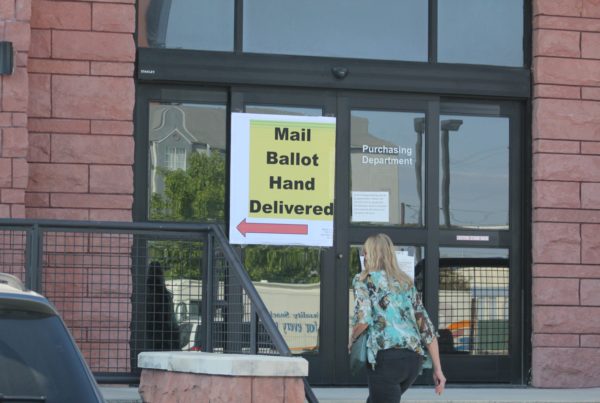In the 1980s, photojournalism student Pat Blashill captured a burgeoning punk music scene in Austin – one intentionally at odds with mainstream Texas culture.
His new book, “Texas Is the Reason: The Mavericks of Lone Star Punk,” is filled with his photos from that era, accompanied by essays by Texans like filmmaker Richard Linklater and drummer Teresa Taylor of the band Butthole Surfers.
Blashill told Texas Standard the scene that emerged in the university town was a rebuke of the racism, religious conservatism and the conservative Greek culture dominant on the University of Texas campus at the time.


